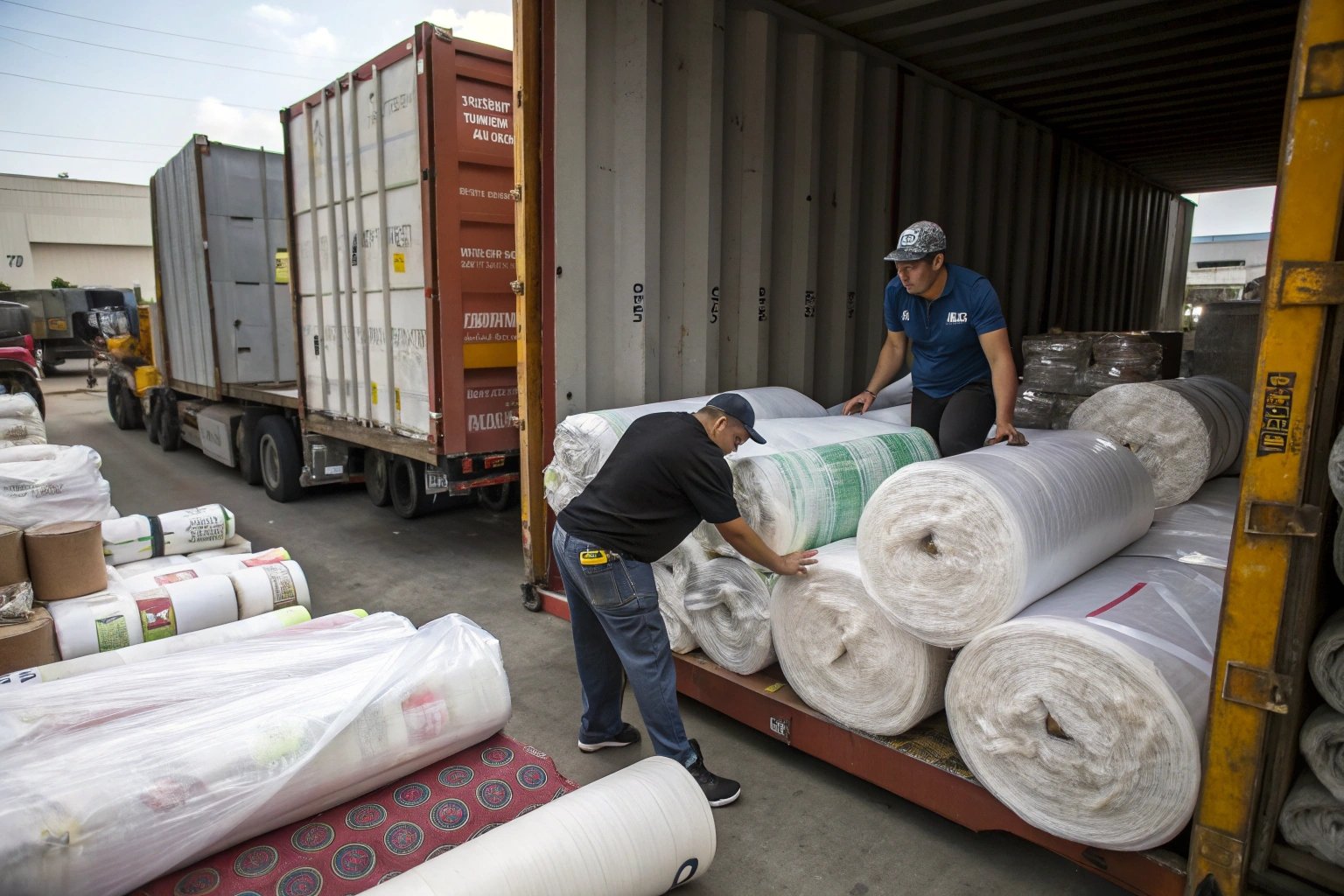For fabric exporters like us, international shipping isn't just about moving goods—it's about moving them smartly. With the rise in freight costs, customs complexity, and buyer demands for flexibility, cargo consolidation has become a crucial logistics strategy. Whether you're shipping 300 meters of organic cotton or 10,000 meters of polyester blends, how you pack and group those goods can make or break your margins.
Cargo consolidation refers to combining multiple shipments—often from different suppliers or product lines—into one full container or shipment to reduce costs, optimize delivery timelines, and improve customs clearance efficiency. For fabric exporters, especially those with diverse SKUs and clients, it's a game-changer.
In this article, I’ll walk you through the smartest consolidation models, their pros and cons, and how we help clients—from solo designers to sourcing agents—leverage these options for smoother deliveries.
What Is Buyer’s Consolidation and How Does It Work?
Buyer’s consolidation is a freight-forwarding service where shipments from different suppliers are consolidated into one container and delivered to a single buyer.
This model is ideal for brands or sourcing offices working with multiple textile factories. It cuts freight costs, simplifies customs clearance, and reduces carbon emissions.
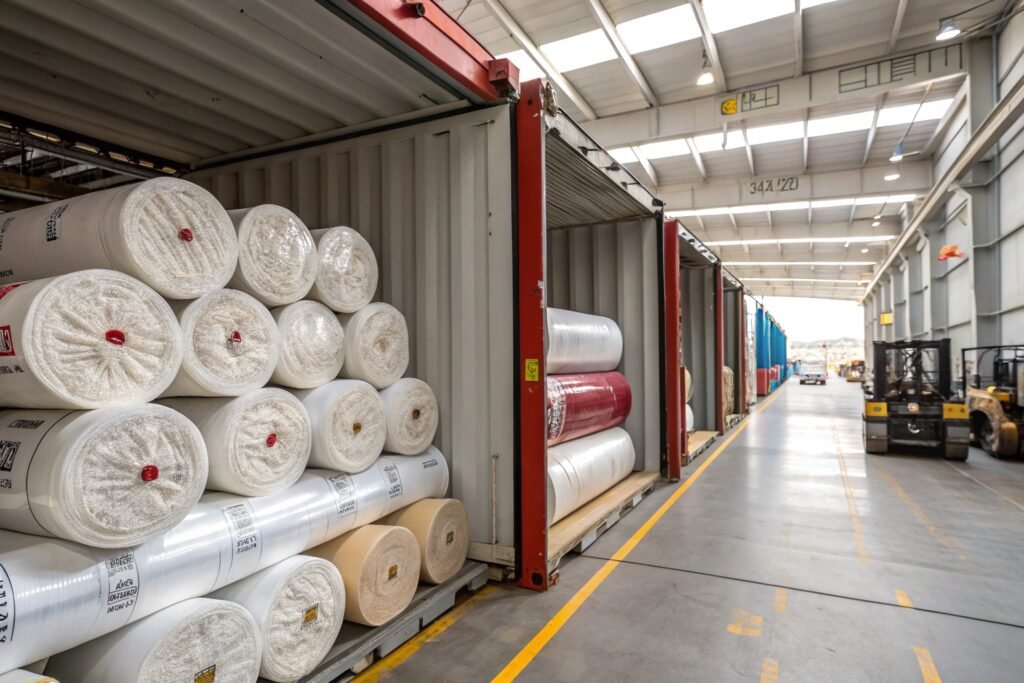
Why Should Fabric Buyers Choose This Option?
Many buyers source fabrics from multiple mills—chiffons from one, denims from another, embroidery panels from a third. Without consolidation, they'd be paying LCL (less than container load) charges for each individual shipment.
With buyer’s consolidation, a freight forwarder combines these small lots into one FCL (full container load). Companies like Flexport and Maersk offer buyer’s consolidation globally.
We work with Keqiao-based freight agents to pre-label all goods, barcode them, and stage the loads according to the client’s packing list. The entire shipment moves under one bill of lading, reducing port delays and clearance headaches.
What Are the Limitations?
The biggest challenge is timing. All suppliers must deliver to the consolidation warehouse within a tight window. Delays from one party may affect the container's departure. That’s why we recommend early coordination and unified Incoterms like FOB. We've also helped clients use our in-house warehouse for smoother staging.
How Does Supplier’s Consolidation Benefit Small Exporters?
Supplier’s consolidation refers to a single supplier grouping multiple POs or SKUs into one container destined for multiple buyers or destinations.
It helps reduce packaging waste, cuts per-unit freight costs, and simplifies origin-side handling—especially when a supplier works with several clients shipping to the same region.
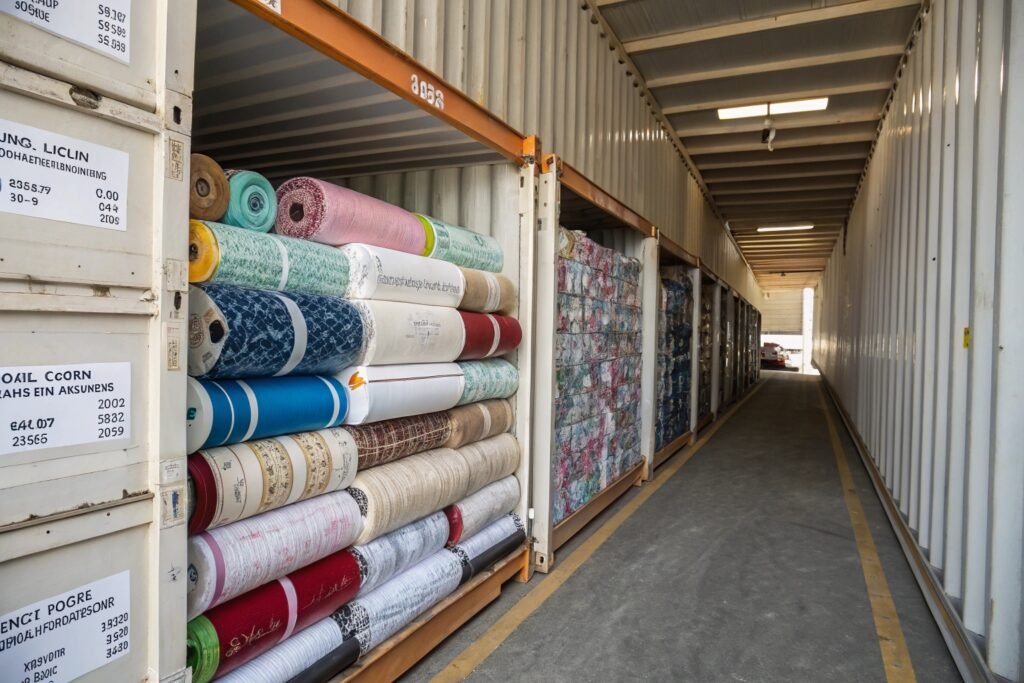
Is This Useful for Fabric Exporters Like Us?
Absolutely. At Fumao, we often receive small PO requests from different buyers—say 1,000 meters of recycled satin for Germany, and 800 meters of ramie for the Netherlands. Instead of shipping separately, we palletize and load them together. Our freight agent applies multi-stop documentation for each leg.
This model is great for US-based importers working through group sourcing platforms or consolidating orders for regional distribution centers.
How Do You Manage Documentation and Labeling?
Each lot is packed, labeled, and documented per consignee requirement. We generate separate commercial invoices, packing lists, and HS codes. Our in-house ERP assigns tracking QR codes for each roll. All documents are uploaded to a shared Dropbox Business or Google Drive folder, streamlining broker access.
Is LCL Still a Viable Option for Small Fabric Orders?
LCL (Less than Container Load) remains the default option for many small businesses who don’t meet FCL volumes but still need to ship internationally.
While not as cost-effective per CBM as FCL, LCL provides flexibility, access to global markets, and reduced warehousing needs—especially for small fabric brands and testing-stage buyers.
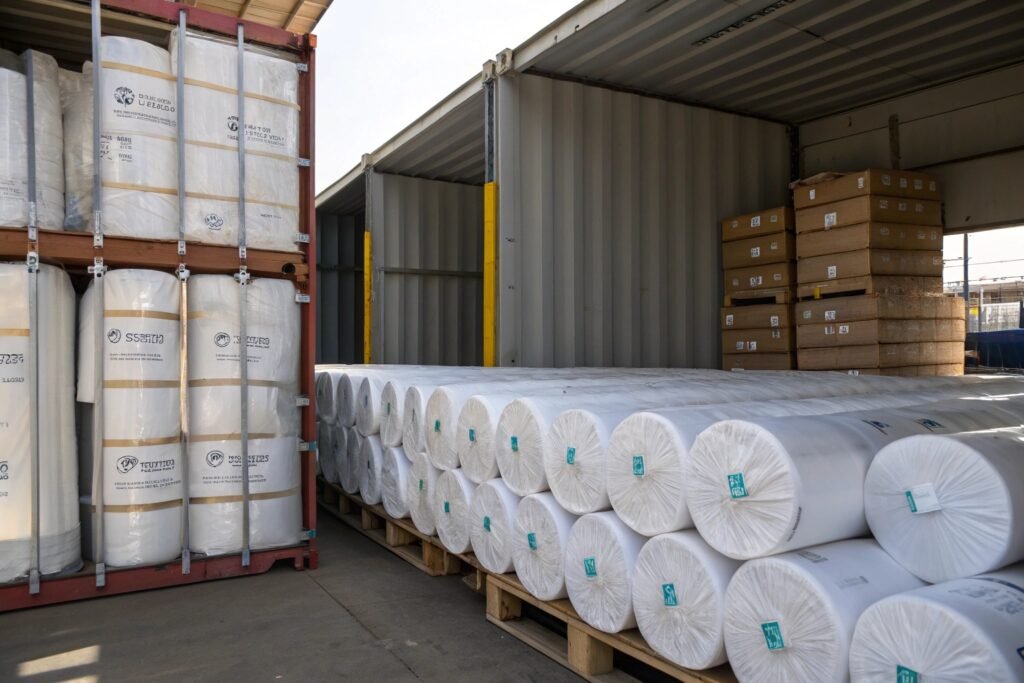
When Does LCL Make the Most Sense?
If you're ordering under 3–4 CBM of goods, LCL is usually the only option. It's especially common in fabric sample runs, capsule collections, and startup brands testing SKUs in new regions. With platforms like Freightos and Cogoport, rates and schedules are more transparent than ever.
We recommend LCL for clients ordering under 800kg or those shipping to multiple warehouses in different countries. LCL allows staggered launches and helps test market response before scaling.
What Are the Downsides?
LCL often involves longer transit times due to consolidation at origin and deconsolidation at destination. There's also higher risk of damage if pallets are loosely packed. That's why we use heavy-duty woven sacks and corner protection for delicate fabrics. We also offer export insurance via our logistics partners.
What Digital Platforms Can Simplify Cargo Consolidation?
With so many moving parts, software can make consolidation faster, smarter, and more accountable.
Platforms like Flexport, Alibaba Logistics, and Freightos streamline cargo consolidation with transparent pricing, milestone tracking, and real-time updates across shipments and warehouses.
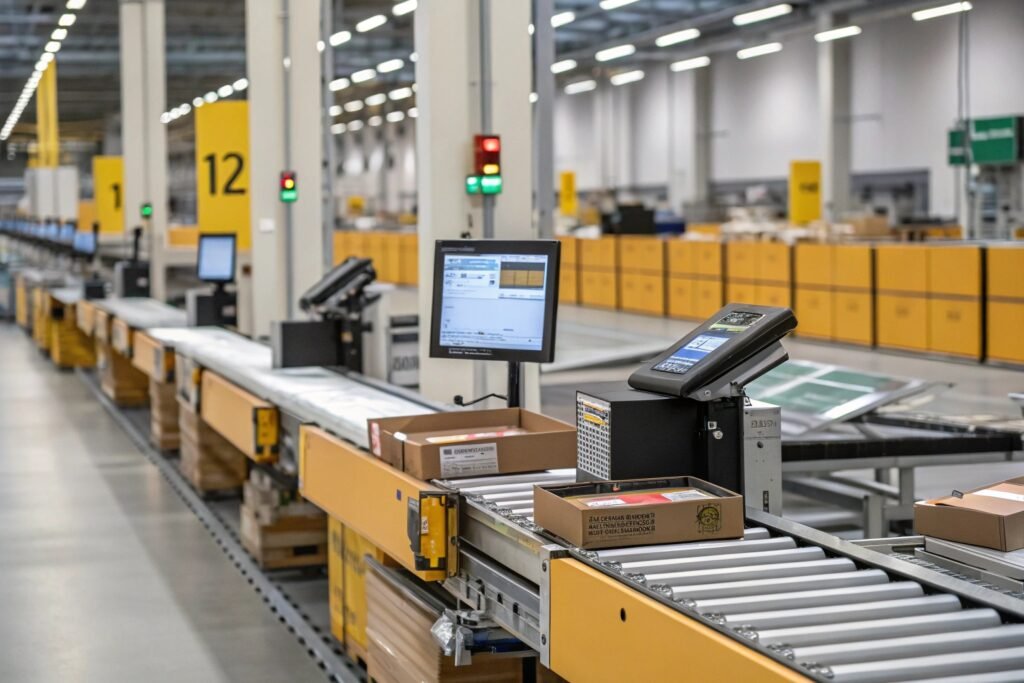
What Tools Do We Use at Fumao?
We connect our clients with freight partners who use Kuebix TMS and Alibaba’s Smart Logistics. For clients using Shopify or Amazon FBA, we offer SKU-matching services to label cartons in advance and sync inventory estimates with downstream warehouses.
We also create shared Trello boards and Notion dashboards where each shipment stage—fabric inspection, consolidation, export booking—is logged in real time.
Are APIs and Tracking Integration Available?
Yes. Modern logistics APIs integrate with ERPs like Odoo or TradeGecko. We generate digital packing lists that auto-sync with 3PL providers. For one client, our system automatically alerted their LA-based warehouse about container arrival—reducing unload delays by 36 hours.
We also use CargoWise for high-volume clients needing end-to-end global control. These systems ensure that small buyers receive the same service standard as major importers.
Conclusion
Fabric shipping doesn't have to be expensive or chaotic. With the right cargo consolidation model—whether it’s buyer's, supplier’s, LCL, or digitally assisted—you can save costs, minimize waste, and speed up deliveries. At Fumao, we help clients navigate all these choices by offering flexibility, transparency, and tech-backed logistics. No matter the size of your order, we’ll make sure your fabric travels smart.

